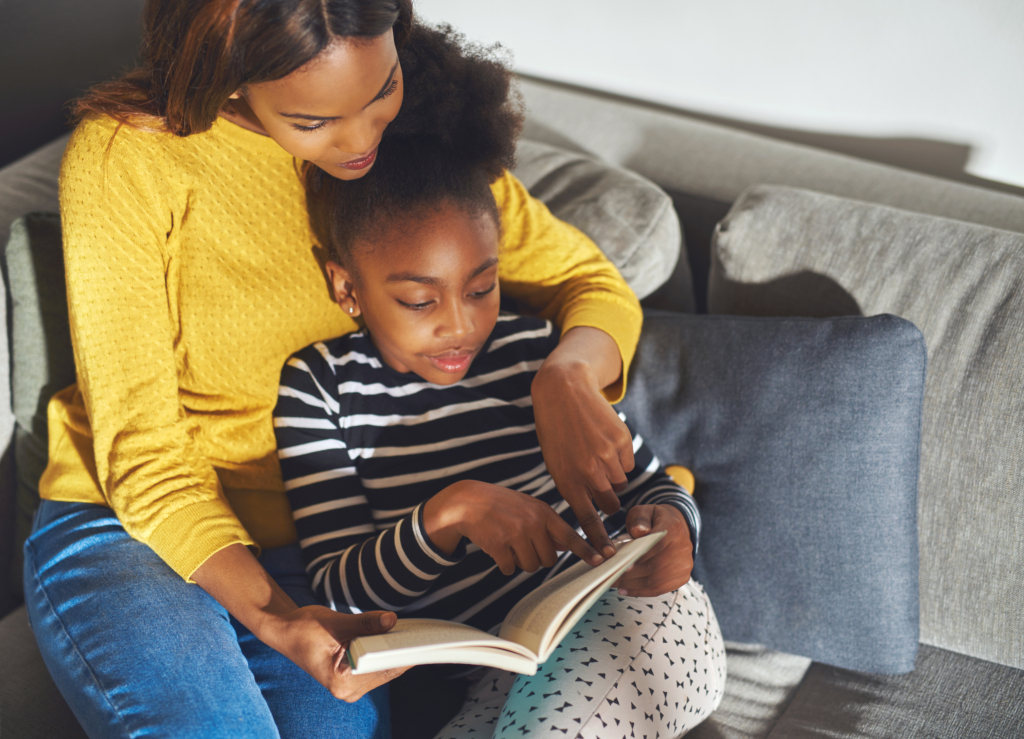Learning disabilities are quite common in children of school age. Learning disabilities refer to when a person has a problem with receiving, comprehending and processing information especially when reading, writing and solving math.
Another factor is that young children are unique individuals and have different learning styles and pace which somewhat affects how fast or slow they can learn.
How to diagnose learning disabilities in children
Diagnosis often begins when children grow older and when they become teenagers. Parents and educationists often spot these learning disabilities when teenagers who are expected to get a grasp of the basic reading, writing and math skills struggle and fail to improve as they grow older.
Types of learning disabilities in children
There are several learning disabilities, however, I would like to talk about the two most common ones.
The first being Dyslexia, which refers to the difficulty with reading, comprehension, expressing one’s self clearly through writing and sometimes verbally as well.
A person with dyslexia often skips words while reading aloud, spells lots of words incorrectly while writing and is often unable to answer questions about what (s)he has read but does fine if asked about what was read to his/her hearing.
The next common type of learning disabilities is known as dysgraphia. And this refers to having difficulty with writing and putting words on paper with any writing tool.
Contrary to popular belief, it is not struggling to express one’s self through writing but dysgraphia often manifests in very poor/terrible handwriting, difficulty with writing on a straight line and difficulty spacing letters and words appropriately in sentences.
Other signs include being unable to hold and control writing tools properly, frequent mistakes while writing, to mention a few.
While learning disabilities are as a result of the brain’s development and function, it is worthy to mention that persons with these “disabilities” are often very gifted in other aspects of their lives.
Some of the most accomplished persons with a form of learning disabilities or the other are Albert Einstein, Leonardo da Vinci, Oscar Award-winning actresses; Octavia Spencer, Whoopi Goldberg; great sportsman; Magic Johnson and accomplished international businessmen like Richard Branson and Walt Disney.
This just goes to show that with a little help and support as well as helping the child recognize his/her area of strength, these so-called “learning disabilities” may be a stepping stone to greatness.
This is because sufferers can see the world from another perspective and this makes them special.
The solution to learning disabilities in children
The first secret to helping a person with learning disabilities is to catch him/her young!
Introduce your little ones to a lot of fun, play-based pre-learning activities to strengthen their fine motor skills like painting, chalking, threading to name a few.
These activities will prepare your little one for writing when the time comes.
* Be sure to also provide your kids with different writing tools like paintbrushes, cotton buds, pencils, markers and chalks of different sizes and colours. This will make writing fun and interesting to them from an early age as opposed to boring them out with the same old pencils.
* Reading to a child is also a good way to help him/her grow to love and know how to read books. Be sure to point to objects and words in the book as you read to them.
*If a child is diagnosed with dysgraphia, you may seek professional help from an occupational therapist, who will come up with a set of activities to help develop your child’s fine motor skills which are very vital for writing.
Read also How to help a child who is a slow learner
*In school and at home, caregivers should be patient and offer an individualistic approach to the child with learning disabilities. They should go at the child’s pace and make learning fun for the child.
*Discover the child’s area of interest and strength and use it to his/her advantage. An example is if Emma doesn’t like to read or write but loves to paint and is great at it, focus on that.
Instead of shaming her for the inability to read and write, first, make her realize her gift and then ask her to talk about her painting while you do the writing, then gradually move to have her write a thing or two about her painting.
The next thing is to let her know she can generate painting ideas from reading, so you can start by reading a great painting idea from a book and gradually ask her to read a page/book and make a painting of what it means to her.
This helps you kill plenty of birds at a time right?
*Learn about the different learning styles and implement the appropriate one for your little ones.
I will like you to join me next time as I will be discussing the different learning styles extensively.
Until then, I remain Aisha Zubair-Adebayo, Early Childhood Educator(ECE); your partner in raising the smart kid of your dream. You can connect with me on Instagram





